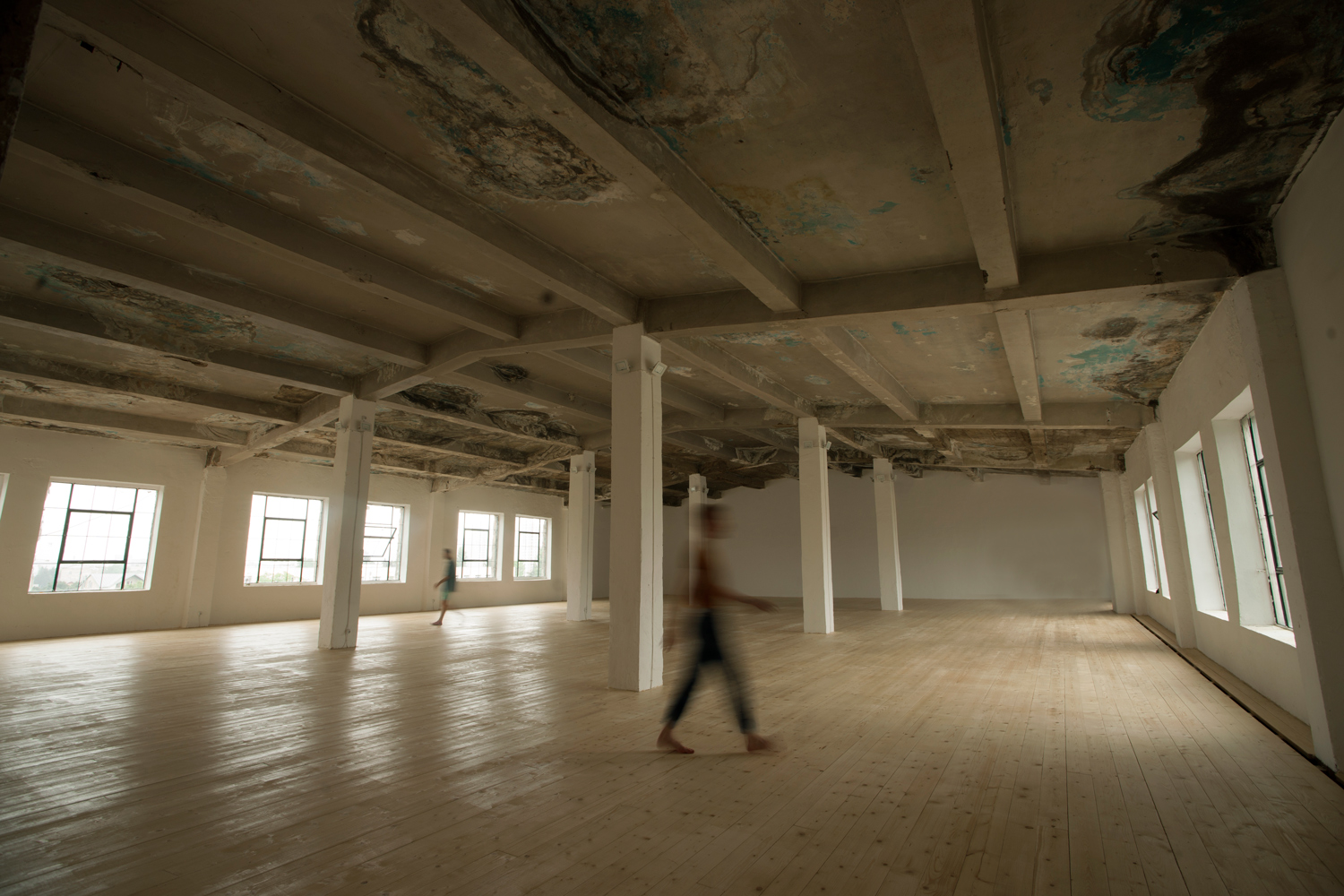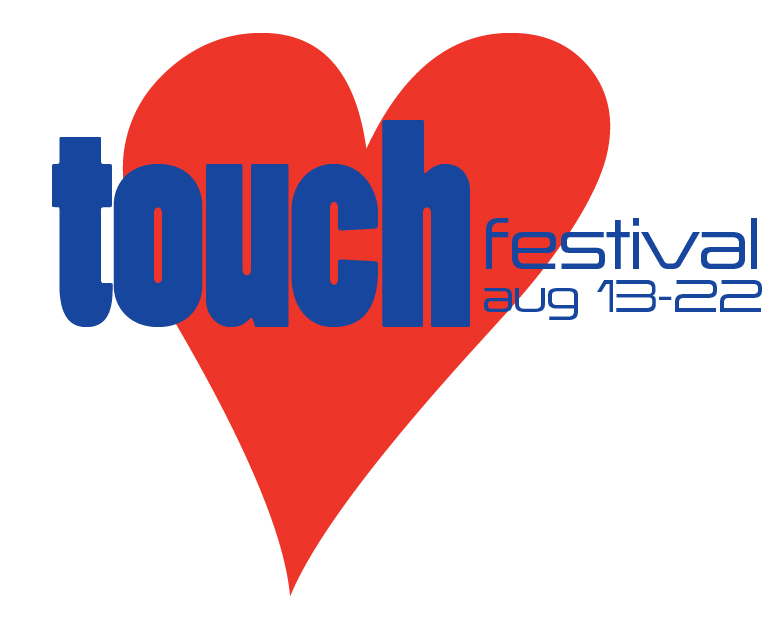Open Space :: Georgia
Open Space / Ghia Sivrtse is an interdisciplinary hub in Tbilisi that connects artists from different fields, creating a platform for collaboration and a space for dialogue for the performing arts as well as the visual arts and music. When Open Space was founded in 2016 it didn’t have a building of it own at first, but later on the company found an abandoned factory and created the theatre space that you see today.
Based in: Tbilisi
Facebook: @osea
Contact: Misha Charkviani – openspaceea@gmail.com

Misha Charkviani on Open Space’s response to lockdown…
We started off by performing in various venues and outdoor spaces, building our audience before moving into our current base in 2019. We are now trying to draw people in from the centre of Tbilisi. Like many other countries, the problem for art in Georgia is the capital’s centre – here things are somehow gathered together in only two streets and nothing else seems to be allowed to happen in the other districts.
Open Space is in the district of Isani which is actually not that far from the city centre – 15 minutes on the bus – but it’s not a problem of time or transport or anything like that, it’s just the fact of the centre and that everything not in the centre is mentally far away for everyone.
So we decided to challenge the centralisation process in Tbilisi by moving out of the centre – also the taxes were too high there! Before the pandemic, our shows and exhibitions were increasing in success and it was clear that we now have our own audience. We had lots of plans but then the pandemic started and we suddenly had so many issues to deal with.
We’re based in in an old abandoned Soviet factory, which manufactured things like electric cables which had no use after the Soviet Union collapsed and the factory collapsed too. But it’s now used for offices rented by small businesses, but the entire top floor was free. It was filled with garbage – we literally removed tonnes of it. It’s very interesting because this was a building that has lost its use and now we’re bringing back a use to society – the factory is giving back.
The pandemic has created different situations for independent artists and for artists who work in the state institutions like the big theatres. For independent artists, it has been very difficult – life became about how to survive because independent artists were lost, with no support from the government. We are not a priority for the Ministry of Culture, and they very often ignore us to be honest. We received no advice on how to work through the pandemic, or what to do if we had to entirely stop our work processes – they did not care at all.
So 2020 and 2021, both years have been difficult for us, especially for independent artists, because we were absolutely left without any official exit plan for the crisis. 2021 has maybe been better because the government offered some programmes for independent artists, but I’m not quite sure about those projects.
These two years have also been interesting, because under such bad conditions, we have had to find new mediums, new artistic ways to express ourselves, to develop our art – and to do this autonomously. At Open Space we have had to work hard to keep our space because there was the chance that we would lose everything we built, everything we have achieved.
Trying the medium of video was a new experience for me. I had to be creative, I had to try something new. As a response to the pandemi, that idea is very useful for art, and it can stimulate new forms of art because we need something new for this new life. We have to describe it, we have to respond to the pandemic. So for sure the pandemic has stimulated creativity and yet it has also reduced it because with no support and with no programmes of government aid for us independent artists, it’s very difficult to be creative.
When the pandemic started, we closed like all the other art spaces, but we had this huge space and we didn’t know what to do with it. So we decided to give it to those people who really needed it, students from the art university, and we offered it to them for the month of March this year. They had a residency and workshops where they worked together and created group exhibitions.
So that was the first step from us to redefine ourselves, to make a working lab for students who really need it where they could talk about their feelings, express themselves and make visual art about themselves, about the pandemic, about their inner situations.
When we were allowed to receive people here, to host people in Open Space, we then were able to exhibit to the public what younger people are feeling and their thoughts for the future. We also have other projects planned, and we’ll be producing a documentary play for 2022 where we will talk about people’s experiences, collapsing like the world is collapsing.
We have tried to reach our audience mostly through video during the pandemic, but now our new projects will connect to us to the audience not only by video and internet but through live performance where we will meet the audience.
